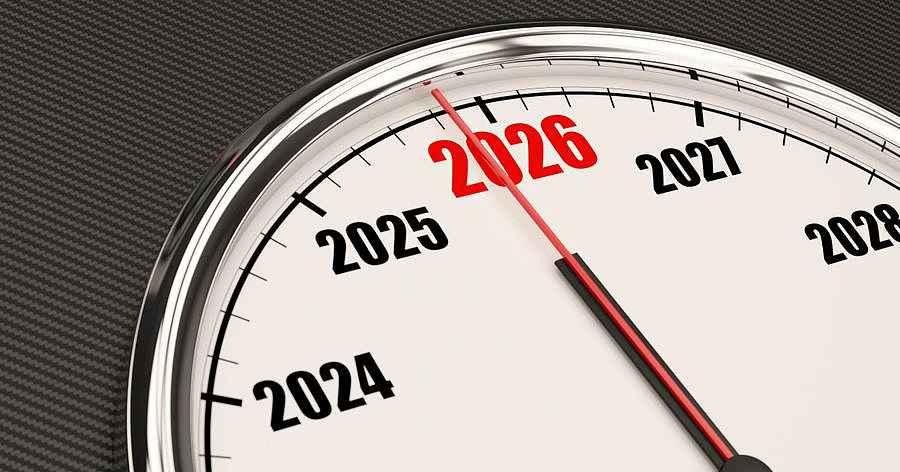






See listing of Recent and Most Popular articles on the Home Page
Finance and Legal
Category: Financial / Topics: Financial • Hopes & Dreams • Housing • Lifestyle, General • Optimal Aging • Planning • Retirement
New Loan Options for Seniors and Low-Income Homeowners
Posted: June 26, 2021
Introducing a new 'retirement mortgage' available now in a few states that combines features of a home equity loan and reverse mortgage…
Seniors trying to figure out how to cash in on their home equity without having to leave their houses now have another choice. So do low-income borrowers who’ve yet to refinance their government-owned loans.
First, the new option for seniors. Typically, they tap into their equity either by refinancing or by opting for a reverse mortgage, which pays them an amount based on the value of their house and their projected remaining longevity.
If they refinance, they still have to make house payments and pay their taxes and insurance. When they finally leave the nest, willingly or otherwise, the remaining mortgage amount has to be paid in full.
With a reverse mortgage, there is no payment, but you still have to cover your taxes and insurance. When you leave, the house reverts to the lender to satisfy your debt, and any profit left over after the place is sold belongs to you or your estate. But you never owe more than the home is worth at the time it is sold.
Now, Oklahoma-based company Finance of America Reverse is creating what it calls a “new category” of retirement financing, combining aspects of forward and reverse loans to give borrowers at or near the end of their working lives greater flexibility.
FAR President Kristen Sieffert calls the hybrid product EquityAvail, a “retirement mortgage” — something that makes sense for those preparing to transition to life on a fixed income.
EquityAvail was just rolled out last month, and is currently only available in six states: California, Florida, New Jersey, Virginia, Connecticut and South Carolina. But the plan is to offer it in at least 15 states within 12 months, Sieffert told me in a phone interview.
Here are a few more details: EquityAvail is a proprietary fixed-rate product with a minimum loan amount of $100,000 and a maximum of $4 million. Because government-insured reverse mortgages, more properly known as Home Equity Conversion Mortgages (HECM), currently come with an upper limit of $822,375, you may be able to get more money out of your house this way.
Also, whereas the typical reverse mortgage might have a maximum 55% loan-to-value ratio, EquityAvail is a tad higher at 60% to 65%, depending on the borrower’s age.
“We can go higher because the borrower makes payments,” Sieffert said.
The proceeds are distributed at closing. Borrowers are required to make payments for 10 years, but the monthly cost is about half of what it would be for a typical refi, Sieffert said. That’s because EquityAvail is a negatively amortizing loan in which the principal rises rather than falls. In this respect, it resembles a reverse mortgage.
After the loan is on the books for a decade, it becomes even more like a reverse mortgage, because you need no longer make any payments to principal and interest. Again, though, you still have to pay your taxes and insurance.
Borrowers must be at least 60 years of age to qualify, versus 62 for a HECM. So that means you’ll be on the hook for house payments until you are at least 70. But that’s better than a regular refi, which can obligate you for 15, 20 or even 30 years. FAR is considering lowering the age requirement so that early retirees could apply, along with people forced into retirement and other interested parties.
The outstanding balance must be paid when you pass away, or when the house no longer serves as your principal residence, but you never owe more than the house is worth. And unlike pure reverse mortgages, there are no origination fees, nor monthly servicing charges.
FAR says it created the new loan when it identified a need that wasn’t being met by traditional loans or reverse mortgages.
Meanwhile, low-income borrowers whose mortgages are either owned or controlled by Fannie Mae or Freddie Mac are now able to refinance into less costly loans. The two government-sponsored enterprises will even throw in $500 to pay for an appraisal if one is necessary. And if you are low on cash for closing costs, you’ll be able to roll up to $5,000 into the loan amount.
Fannie and Freddie’s regulator, the Federal Housing Finance Agency, estimates that by using the new option, the more than 2 million low-income families who have yet not taken advantage of today’s near-record-low mortgage rates will save upward of $250 a month — $3,000 a year.
The loan will be available through Fannie this month; Freddie is shooting for August. To be eligible, borrowers must occupy the house, have incomes at or below 80% of the area median and have not missed a payment in the past six months (or no more than one payment in the past 12). Also, debt-to-income ratios cannot exceed 65% and credit scores must be 620 or higher.
• Lew Sichelman has been covering real estate for more than 50 years. Readers can contact him at lsichelman@aol.com.
© 2021, United Feature Syndicate. This article, which appeared in the Daily Herald newspaper, is published on SeniorLifestyle with permission.
Search all articles by Lew Sichelman
Posted: June 26, 2021 Accessed 913 times
![]() Go to the list of most recent Finance and Legal Articles
Go to the list of most recent Finance and Legal Articles
![]() Search Finance and Legal (You can expand the search to the entire site)
Search Finance and Legal (You can expand the search to the entire site)
![]() Go to the list of Most Recent and Most Popular Articles across the site (Home Page)
Go to the list of Most Recent and Most Popular Articles across the site (Home Page)
 Loading requested view...
Loading requested view...